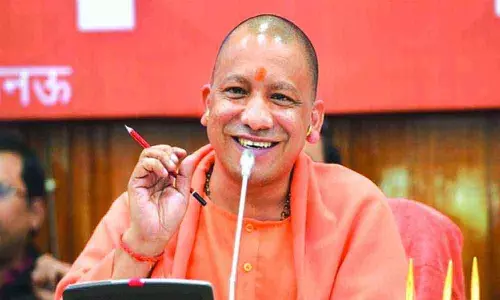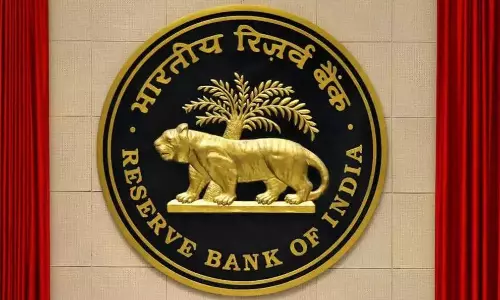
The fall of IS and future of West Asia
text_fieldsIslamic State (IS), like all terrorist outfits in history, has ended as a great tragedy with the US-backed Syrian Democratic Force (SDF) capturing Baghouz, the last bastion of the terrorist force.
IS - more precisely Islamic State of Iraq and Syria in English, and Dawla Islamiyya Fil Iraq Wa Shaam (Daesh) in Arabic - had denied West Asia sleep for over a decade and had established its domination for five years over a land area of 88,000 square kilometers in the Iraq-Syria region, before its fall. The region plunged into an era of murky violence with the leadership of IS, believed to have taken birth in 2006 in the backdrop of uncertainty and instability of Iraq following US occupation and resultant destruction, falling into the hands of the self-proclaimed Khalifa Abu Bakr Al-Baghdadi, who remains as much mysterious now as he did before.
The march of the Baghdadi force, with the capture of Iraq's second largest city of Mosul in 201, was at an amazing pace. Raqa and Fallujah were captured the following year, and IS continued its triumphant march in 2015 too. There were no obstacles before IS in its capture of cities Ramadi, Palmyra and Tikrit. Subsequent operations were beyond the borders of Syria. In a military crackdown, reminiscent of the excesses of Genghis Khan's Mongolian troops in history, IS displayed a method of decimating or enslaving the entire Muslim and non –Muslim populations who refused to recognize its caliphate.
In the meantime, world media got fed with credible and incredible stories about IS, with its ramifications in India too. There were speculations that IS was formed by those who fell out with salafi stream because of an extremist theory and that they were initially funded by neighbouring Arab countries and certain organizations. And in many corners here in Kerala too, some used this as an opportunity to tarnish their conventional adversaries. This also set an occasion for organizations and a section of the media stricken with Islamophobia, to advance their cause. Reports also emerged that a few youth and families, led ideologically astray by the advent and spread of IS, had left the country to join IS. While some of these were fact, most of them were fiction or exaggerations. But a statement by the prime minister Narendra Modi and some responsible sources that IS terrorist had not cast any infulence over the minority Indian Muslims, served to blunt speculations to a great extent.
There is a lingering feeling however, that although IS has been overpowered in a military sense, at least some groups who have imbibed its radicalism do still survive. At the same time, the armed forces of America, Russia and Iran who entered Syria ostensibly to take on IS, still continue their presence in the region. As far as Syrian dictator Bashar Al-Assad is concerned, it is true that IS set a splending opportunity for him to crush the popular uprising against his regime during the days of Arab spring. It was under the cover of obliterating IS that Bashar was able to procure and use Russian military assistance and massacre tens of thousands and turn a large population into refugees.
The threat of IS also became the raison detre for the Kurdistan secessionist movement, that was involved in an armed struggle to win independence from Turkey. In fact the SDF, that declared having captured the last base of IS, is de facto a Kurd army with US help. For the same reasopn, Turkey treats SDF as a threat to the geographical integrity of the country. Therefore, a post-IS instability can be prevented and way cleared for restoration of peace only through talks with the participation of, and mutual understanding among Syria, Iraq and Turkey plus America, Russia and Iran.
However, if these countries persist in staking their respective claims, which they term as their legitimate national interests, West Asia will continue to be in turmoil, even when IS threat ceases to exist. Equally important is the need to pave way for a democratic regime change in Syria. Even if all of this end on a positive note, the reconstruction of ravaged cities and villages and the return of refugees together with restoration of their normal lives, are processes that need liberal aid and hard labour lasting decades. What is to be seen is whether the enthusiasm shown to blunt IS will be in display for this task too from the parties involved.























